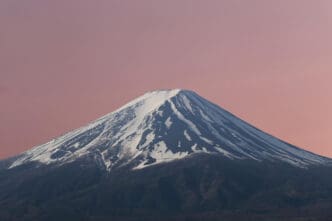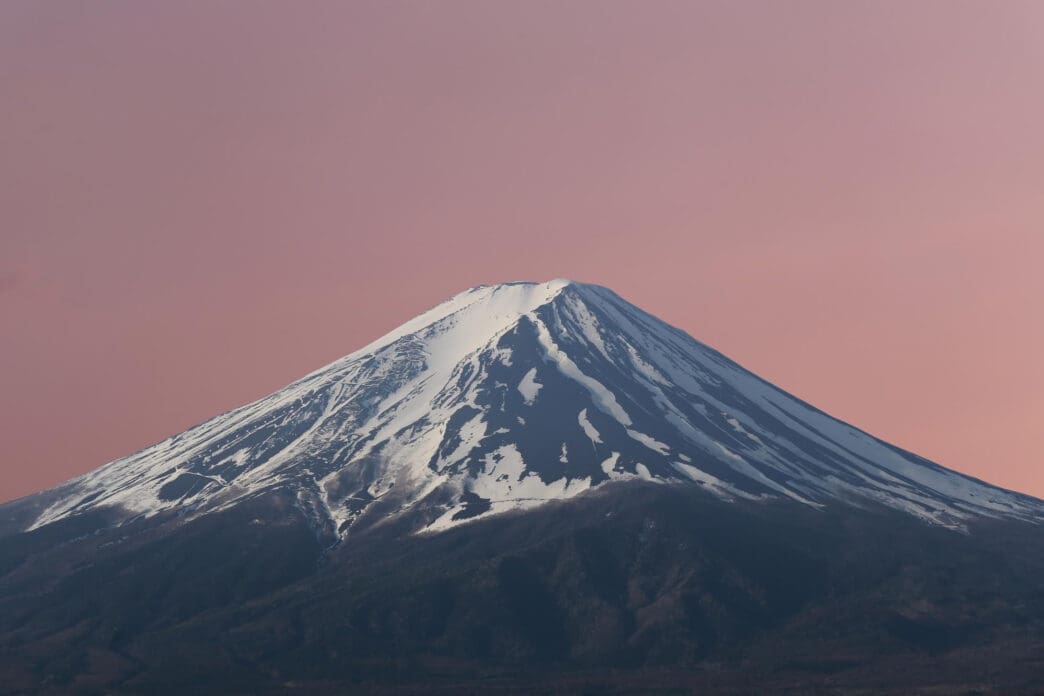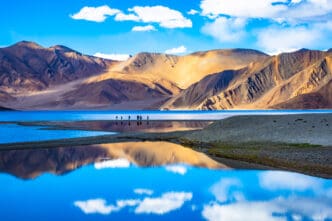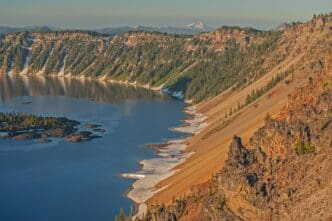Your Essential Overview
- The official climbing season for Mount Fuji is strictly limited from early July to early September, during which mountain huts are open, public transport is available, and trails are generally snow-free.
- Thorough preparation is essential for a successful climb, encompassing physical training, appropriate layered and waterproof gear, securing mountain hut reservations for a two-day ascent, and planning transportation to the 5th stations.
- Mount Fuji is a sacred symbol offering a profound spiritual experience, particularly the sunrise from its summit, but demands physical endurance, careful pacing, and awareness of altitude sickness.
The Destination’s Lore
- Mount Fuji is a profoundly sacred symbol in Japan, revered in Shintoism and Buddhism, drawing thousands of climbers annually who seek both a spiritual pilgrimage and the unique, awe-inspiring experience of witnessing the sunrise from its summit. This popular ascent is strictly limited to a brief summer climbing season, typically from early July to early September, due to extreme weather conditions and the closure of essential mountain facilities outside this period.
Making the Trip Yours
- Conquering Mount Fuji offers more than just a physical challenge; it provides a profound cultural and spiritual immersion, connecting climbers with Japan’s revered traditions and natural beauty. This iconic climb, demanding rigorous physical and logistical preparation, culminates in a deep sense of personal accomplishment and a unique perspective on the country, often serving as a highlight within a broader Japanese travel itinerary.
Perspectives from the Road
- Climbers and travelers view Mount Fuji as a quintessential adventure, a physical and spiritual challenge offering a breathtaking sunrise and indelible memories, requiring thorough preparation, appropriate gear, and careful route selection.
- Mount Fuji is considered a powerful, sacred symbol deeply revered in Shintoism and Buddhism, demanding respect, adherence to a strict climbing season, and careful safety preparation due to its challenging and unpredictable conditions.
Conquering Mount Fuji, Japan’s iconic and sacred peak, is a quintessential adventure for travelers seeking both a physical challenge and a profound cultural experience. Every year, from early July to early September, thousands of hikers from around the globe embark on this journey, drawn by the promise of a breathtaking sunrise above the clouds and the deep spiritual significance of the mountain. Located on Honshu Island, spanning the Yamanashi and Shizuoka prefectures, the climb offers an unparalleled opportunity to engage with Japan’s natural beauty and rich traditions, demanding careful preparation but rewarding participants with indelible memories and a unique perspective on the Land of the Rising Sun.
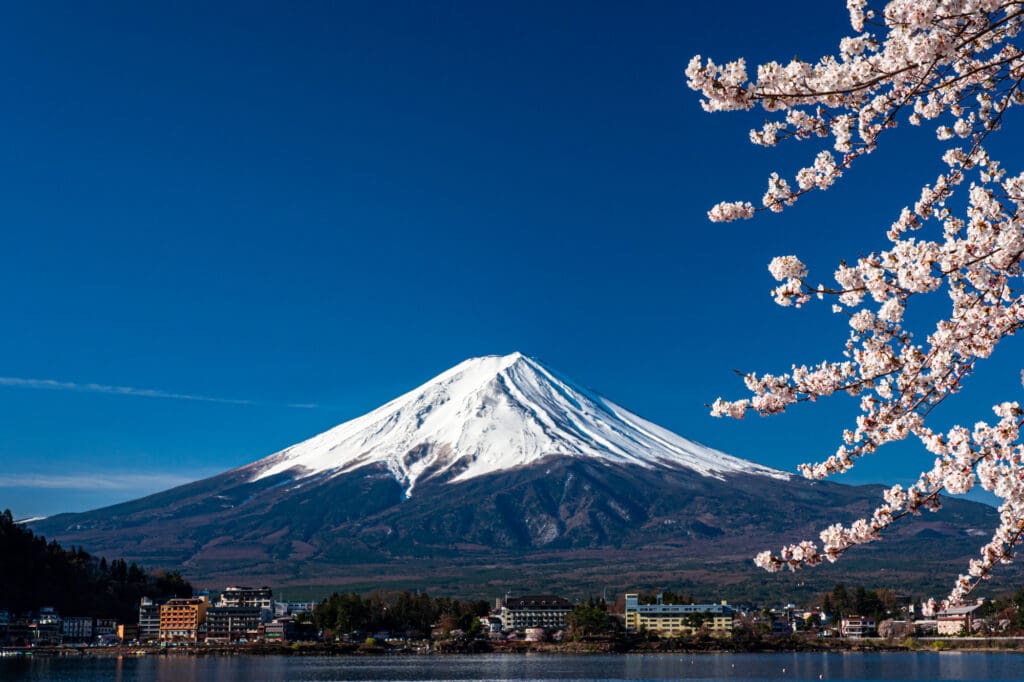
Why Climb Mount Fuji?
Mount Fuji, or Fujisan, is more than just a mountain; it is a powerful symbol of Japan, deeply revered in Shintoism and Buddhism. For centuries, pilgrims have ascended its slopes as a spiritual journey, believing that reaching the summit brings them closer to the divine. Beyond its spiritual allure, the mountain offers an extraordinary physical challenge, culminating in the awe-inspiring experience of watching the “Goraiko” – the sunrise – from its 3,776-meter peak. This moment, as the sun paints the sky with vibrant hues and casts long shadows over the cloud sea, is often cited as the highlight of the entire endeavor, providing a sense of achievement and wonder that few other experiences can match.
Best Time to Climb
The official climbing season for Mount Fuji is strictly limited, typically running from the first week of July to the first week of September. This window is crucial because the mountain huts are open, public transport to the 5th stations operates, and the trails are generally free of snow. Climbing outside this period is highly discouraged due to extreme weather conditions, the closure of mountain facilities, and the increased risk of accidents. Within the season, aim for weekdays to avoid the peak crowds, especially during the Obon holiday in mid-August, when the trails can become exceptionally busy.
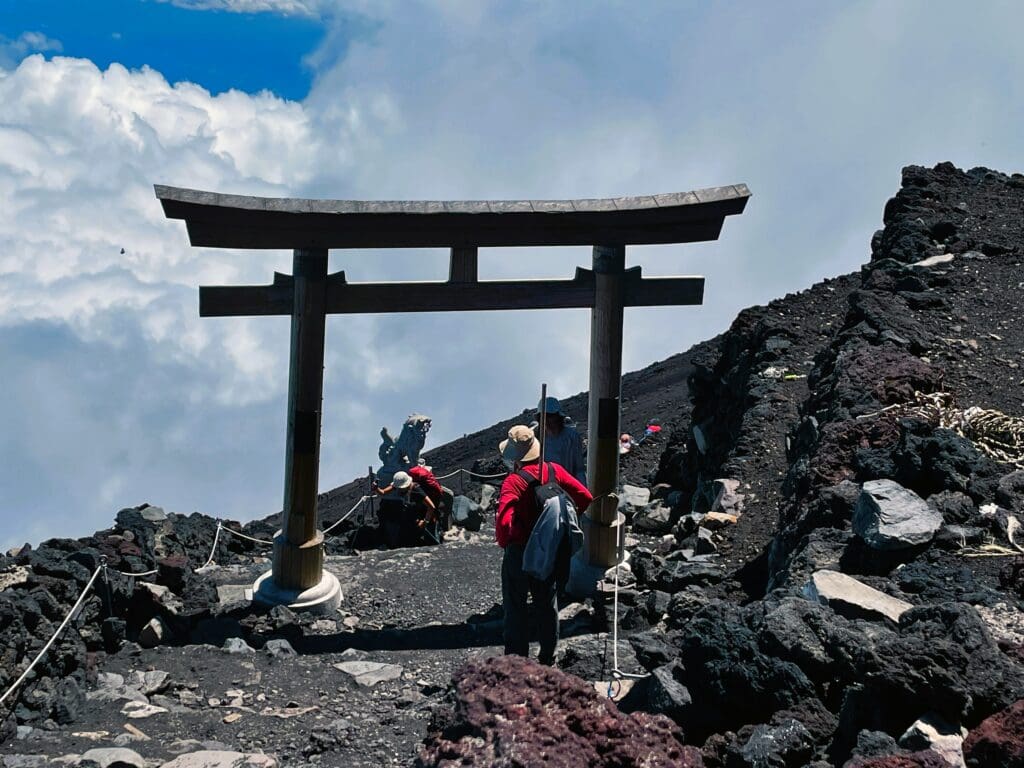
Choosing Your Route
Mount Fuji offers four main trails, each providing a distinct experience in terms of length, difficulty, and available amenities. Understanding the characteristics of each route is vital for planning a successful and enjoyable ascent.
Yoshida Trail
The Yoshida Trail is the most popular and accessible route, especially for first-time climbers. It starts at the Fuji-Subaru Line 5th Station, which is easily reachable by bus from Tokyo. This trail offers the most mountain huts, rest stops, and facilities, making it a well-supported option. While convenient, its popularity means it can also be the most crowded, particularly during peak times. The ascent generally takes 5-7 hours, with a descent of 3-5 hours, making it a manageable overnight climb.
Fujinomiya Trail
The Fujinomiya Trail is the second most popular and the shortest route to the summit. Starting from the Fujinomiya 5th Station, it is also the steepest. This trail offers a good number of mountain huts and is known for its direct path. Its brevity makes it appealing, but the steepness demands good physical condition. Ascent typically takes 4-6 hours, and descent 2-4 hours, making it a quicker, albeit more strenuous, option.
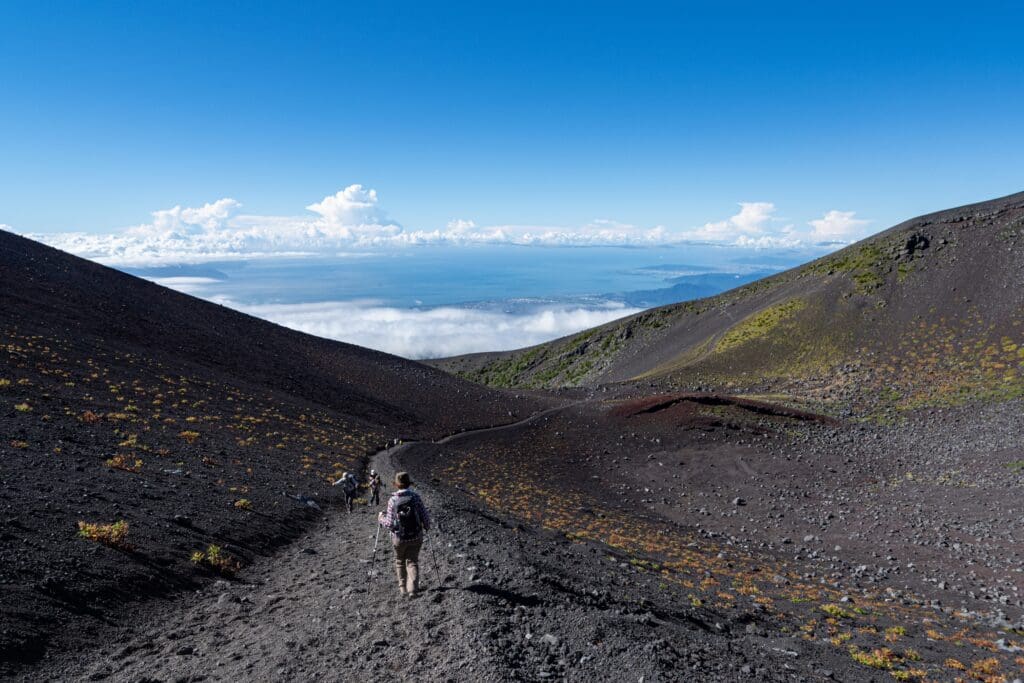
Subashiri Trail
The Subashiri Trail starts at the Subashiri 5th Station and is generally less crowded than the Yoshida or Fujinomiya routes. It offers a more natural, forest-like ascent in its lower sections before merging with the Yoshida Trail near the 8th station. This trail provides a slightly different perspective and is a good choice for those seeking a balance between facilities and fewer crowds. Ascent takes 5-7 hours, and descent 3-5 hours, often utilizing a long, sandy “sunabashiri” (sand run) section for a quick descent.
Gotemba Trail
The Gotemba Trail is the longest and least crowded of the four routes, starting from the Gotemba 5th Station at a lower elevation. It is considered the most challenging due to its length and fewer amenities, making it suitable for experienced hikers seeking solitude and a more rugged experience. The ascent can take 7-10 hours, with a descent of 4-7 hours, featuring extensive “osunabashiri” (great sand run) sections that can be arduous but also fun for descent.
Essential Preparation
A successful Mount Fuji climb hinges on thorough preparation, encompassing physical fitness, appropriate gear, and logistical planning.
Physical Training
Mount Fuji is not a technical climb, but it is physically demanding due to its high altitude and sustained ascent. Begin a training regimen several months in advance, focusing on cardiovascular fitness through activities like running, cycling, and stair climbing. Incorporate long hikes with elevation gain, carrying a weighted backpack, to simulate climbing conditions and strengthen your legs and core.
Gear List
Proper gear is paramount for safety and comfort. Essential items include sturdy, broken-in hiking boots (waterproof is ideal), layered clothing (base, mid, and outer shell) to adapt to rapidly changing temperatures, waterproof jacket and pants, a warm hat and gloves, a headlamp with spare batteries, sunglasses, high-SPF sunscreen, and a first-aid kit. A comfortable backpack, at least 2-3 liters of water, high-energy snacks, and plenty of cash for mountain hut stays and supplies are also critical. Remember, temperatures at the summit can drop below freezing even in summer.
Mountain Hut Accommodation
Most climbers opt for a two-day ascent, spending a night in one of the mountain huts located between the 7th and 8th stations. This allows for acclimatization to the altitude and a shorter, pre-dawn push to the summit for sunrise. Reservations are absolutely essential, especially during peak season, and should be made several months in advance. Huts offer basic shared sleeping arrangements, simple meals, and limited facilities. They are not luxurious but provide vital shelter and rest.
Transportation
Access to the 5th stations is primarily by bus. During the climbing season, private vehicles are often restricted from driving beyond certain points, making buses the most practical option. Plan your transport well in advance, especially if you are connecting from major cities like Tokyo or Kyoto. Buses run frequently from various train stations, such as Kawaguchiko Station for the Yoshida Trail or Shin-Fuji Station for the Fujinomiya Trail.
The Climbing Experience
The climb itself is a test of endurance and mental fortitude. Pacing is key; ascend slowly and steadily, taking frequent breaks to hydrate and rest. Altitude sickness can affect anyone, regardless of fitness level. Symptoms include headaches, nausea, dizziness, and fatigue. To mitigate this, ascend gradually, drink plenty of water, and avoid alcohol and caffeine. If symptoms worsen, descend immediately.
Upon reaching your chosen mountain hut, you’ll have a few hours to rest before waking up in the pre-dawn hours for the final ascent to the summit. The final push is often in the dark, guided by headlamps, aiming to reach the peak just before sunrise. The descent, while often overlooked, can be challenging due to loose scree and tired legs. Take your time and use trekking poles for stability.
Safety and Etiquette
Respect for Mount Fuji’s sacred status is paramount. Always stay on marked trails, carry out all your trash (leave no trace), and be mindful of other climbers. Inform someone of your climbing plans, including your chosen route and expected return time. Weather on the mountain can change dramatically and without warning, so be prepared for rain, strong winds, and cold temperatures even on a sunny day. Never attempt to climb outside the official season unless you are an experienced mountaineer with appropriate winter gear and guides.
Beyond the Climb: A Seamless Japan Trip
Integrating your Mount Fuji adventure into a broader Japan itinerary can create an unforgettable journey. Consider combining your climb with a visit to Tokyo, a bustling metropolis offering a stark contrast to the mountain’s serenity. Post-climb, the Onsen (hot springs) resorts around the Fuji Five Lakes region, such as Hakone or Kawaguchiko, offer a perfect opportunity for muscle recovery and relaxation, often with stunning views of the peak you just conquered. Explore the cultural richness of Kyoto or the historical sites of Nara, easily accessible via Japan’s efficient rail network. Utilizing a Japan Rail Pass can make these connections seamless and cost-effective, enhancing your overall travel experience and allowing you to fully immerse yourself in the diverse offerings of this captivating country.
Climbing Mount Fuji is more than just a hike; it’s a pilgrimage, an adventure, and a profound encounter with Japan’s natural and cultural heart. With careful planning, respect for the mountain, and a spirit of determination, you can achieve the summit and carry home not just incredible photographs, but also a deep sense of accomplishment and cherished memories of an extraordinary journey.

